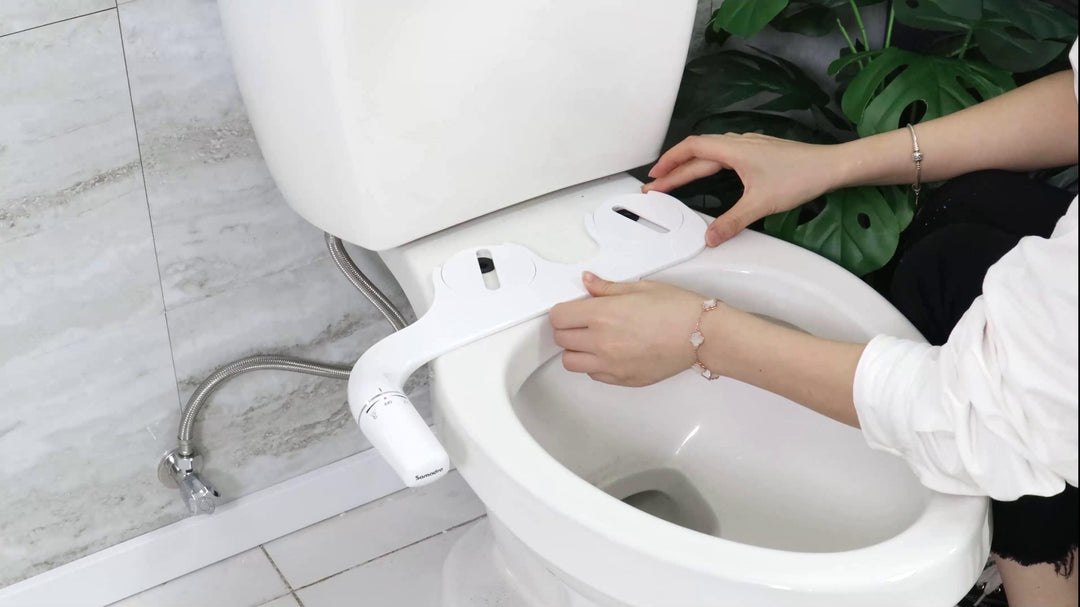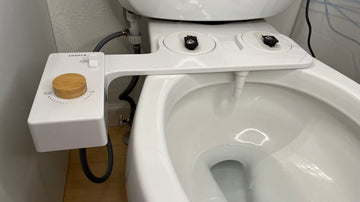In the ongoing debate of bidet vs toilet paper cost savings, many are now reconsidering their traditional bathroom habits in favor of more cost-effective and environmentally friendly solutions. As industries and consumers alike aim to cut costs and reduce their environmental footprint, the choice between using a bidet and sticking with traditional toilet paper becomes increasingly relevant. But is making the switch truly beneficial, and how does it impact your wallet in the long run?

The Rising Costs of Toilet Paper
Toilet paper, a staple in every household, has seen a noticeable increase in price over the years. Factors like inflation, increased demand, and supply chain disruptions have all contributed to the rising costs. According to a report from the Sanitary Supply Association, the average household spends hundreds of dollars annually on toilet paper alone. This expense, while seemingly minor on a day-to-day basis, adds up significantly over time.
How Bidets Offer Savings
Bidets, once considered a luxury item, are becoming more mainstream due to their potential for cost savings and environmental benefits. By using a bidet, you drastically reduce the need for toilet paper, which in turn, lowers your monthly expenses. Additionally, bidets use water to cleanse, which is notably less expensive than continuously purchasing toilet paper.
Environmental Impact of Bidets
The environmental impact of bidets is another crucial factor to consider. The production of toilet paper involves the use of significant natural resources, contributing to deforestation and pollution. In contrast, bidets use a minimal amount of water and electricity, making them a more sustainable option. For more insights, check out our article on the environmental impact of bidets.
Installation and Maintenance Costs
One of the primary concerns for those considering a bidet is the initial installation cost. While a quality bidet may require some upfront investment, the long-term savings on toilet paper can offset these costs. Additionally, maintenance for bidets is generally minimal, making them a practical choice for those looking to save money.
Bidets for Zero Waste Living
For those committed to zero waste living, bidets offer an effective solution to reducing bathroom waste. By eliminating or significantly reducing the need for toilet paper, households can cut down on their waste production. For more on this, read our article on bidets for zero waste living.
Health Benefits of Bidets
Beyond cost and environmental benefits, bidets offer significant health advantages. They provide a more thorough cleaning than toilet paper, which can help prevent infections and irritation. According to the Cleveland Clinic, the use of bidets can improve personal hygiene and offer comfort for those with certain health conditions.
Toilet Paper Waste Statistics
To understand the impact of toilet paper usage, consider the staggering statistics surrounding its waste. Millions of tons of toilet paper are used and discarded annually, contributing to landfill waste and deforestation. To learn more about the statistics, visit our article on toilet paper waste statistics.
Conclusion: Is the Switch Worth It?
When considering the bidet vs toilet paper cost savings, it's clear that bidets offer a viable alternative for those looking to reduce expenses and environmental impact. While the initial cost might be higher, the long-term benefits make it a worthwhile investment. The decision ultimately depends on personal preference, but with the growing awareness of sustainability, bidets are becoming an attractive option for many.

FAQ
1. Are bidets more hygienic than toilet paper?
Yes, bidets are considered more hygienic as they clean with water, offering a more thorough cleanse compared to toilet paper.
2. How much can I save by switching to a bidet?
The savings vary, but many households report significant reductions in their annual toilet paper expenses, potentially saving hundreds of dollars over time.
3. Are bidets easy to install?
Most modern bidets are designed for easy installation, often requiring no professional assistance. They can be attached to existing toilets without the need for extensive plumbing.
This article contains affiliate links. We may earn a commission at no extra cost to you.






